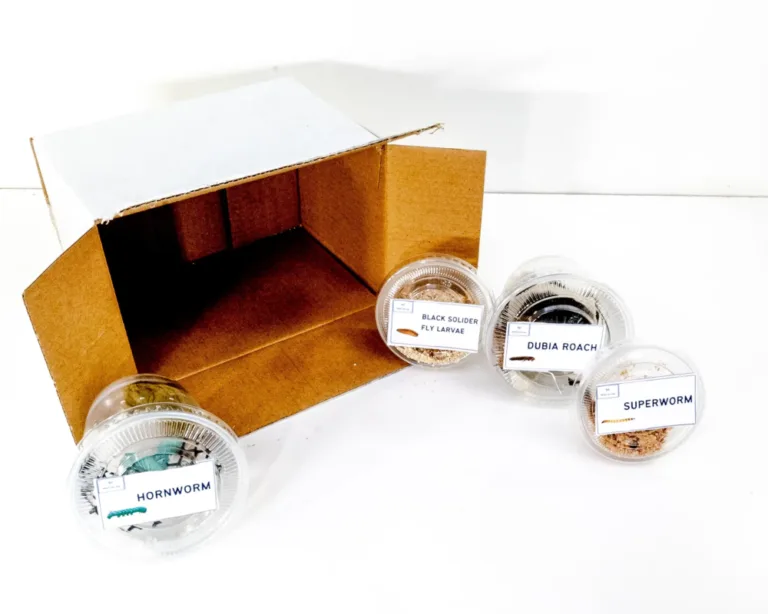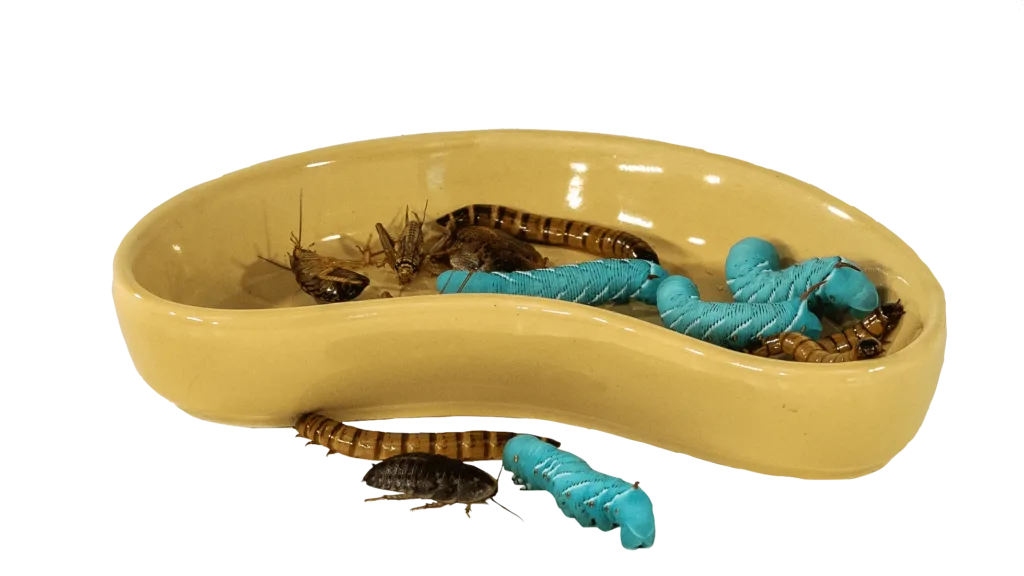Let's Talk Diet.
What Makes a Diet Plan Healthy?
Diversity
A diverse diet is the only way to provide the nutrients a dragon needs to thrive.
Proper Quantity
Reptile obesity is real. Without carefully balanced quantities, you risk over or under feeding.
The Right Insects
Not all feeder insects are considered equal. Some provide certain nutrients others don't.
Nutritional Balance
Depending on a dragons age, their nutritional balance varies. The right plan takes this into account.
Cameron Young
Founder - Center For Snake Conservation
Ken Naggy
PhD - UCLA
Wageningen University Team
VCA Animal Hospitals
Paul Raiti
Beverlie Animal Hospital
Joeke Nijboer
PhD
Mark Mitchell
PhD
Clifford Paul Warwick
PhD

Feed the Optimal Diet in a Snap.
Have Confidence In Your Care
With HerpCare, you'll know you're giving your pet the best care available. The hard work is done.
Save Time. Do it Better.
All the results, none of the effort. We've spent long hours researching the right care plan so you don't have to.
It's so easy.
Here's how it works.
Two Minute Sign Up.
We’ll gather some basic details about your dragon and where we should ship your deliveries. It’ll take you less than 2 minutes.

Weekly Deliveries.
Every week, you’ll receive a delivery for all your insect needs, including the following:
- 4+ different types of insects
- A detailed feeding plan and instructions
- The perfect food quantity customized to your pet
- Live arrival guarantee
Deliver Top Tier Care.
Follow your provided feeding plan, and spend the time you save where it matters: enjoying your pet. It’s that simple.
